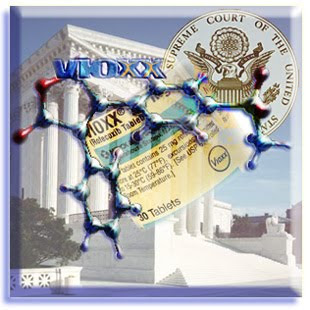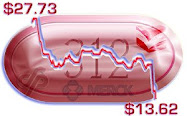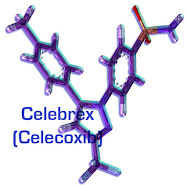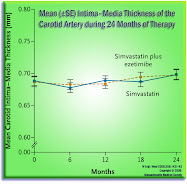. . .or, "Trick. . . or Treat. . . or Trick!"
One day after vowing to appeal, and fight on, in the appellate process -- Schering settled with the Missouri Attorney General -- for $31 million.
That is the largest pricing fraud settlement involving a pharmaceutical company, ever, in Missouri. Ouch.
My prediction?
This apparent lack of will-power "We'll fight it on appeal" (on Thursday) to "Let's settle!" (the very-next morning!) is going to cost the company, and dearly, in the 25 or so other states with cases still pending. Were I the AG in any of those states, I'd not take anything less than seven times actual alleged damages. Via AP-wires:
. . . .Missouri Attorney General Jay Nixon reached a $31 million settlement with a pharmaceutical company in a Medicaid fraud case on Friday.
New Jersey-based Schering-Plough Corp. agreed to the settlement of a 2005 lawsuit to resolve allegations that its former Warrick Pharmaceuticals Corp. division inflated its prices, said Nixon spokesman Scott Holste. Lawyers for the state argued the deception cost Missouri taxpayers millions of dollars.
The settlement is the largest amount Missouri has ever obtained in a case against a pharmaceutical company, Holste said. On Thursday, a St. Louis jury found the company liable for $7.3 million in compensatory damages. The jury had not yet decided on punitive damages when the settlement was reached. The $31 million settlement resolves Missouri's claims.
Schering-Plough spokesman Steve Galpin said, "The company had intended to appeal the jury's preliminary ruling but elected to settle in order to avoid additional litigation expenses and the uncertainty inherent in the legal process."
He said the company believed the initial jury findings were incorrect and that it had followed all necessary regulations and laws related to Missouri Medicaid reimbursement.
The lawsuit had alleged the company did not accurately report the prices of drugs sold to pharmacies participating in the Missouri Medicaid program.
Nixon's office said the prices reported to pharmaceutical trade publications often were higher than the prices actually paid by the provider for the drugs. It said the drugs were primarily generic brand inhalants used by patients with respiratory conditions.
Nixon said he was proud of the lawyers and staff in his office who had worked for three years on the case. "This is a tremendous day for Missouri taxpayers in the fight against fraud by pharmaceutical companies," he said in a statement. . . .






































